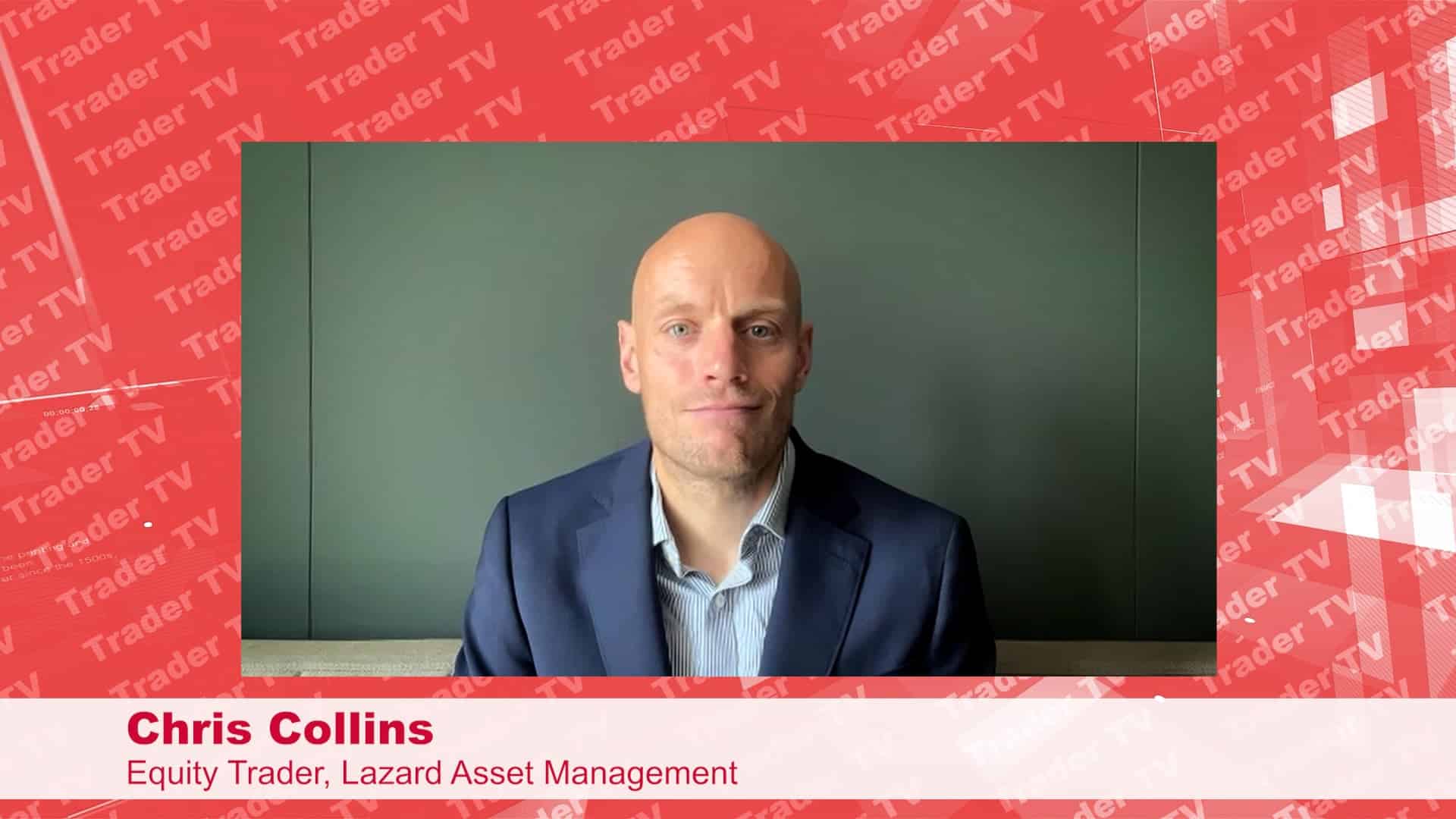Time for a Reset? Why Europe’s Trading Clock Demands Urgent Overhaul
Europe's archaic trading hours are costing investors—while exchanges pocket the spread. Here's why regulators can't hit snooze anymore.
The Ticking Problem
Pre-digital era market structures cling to life as liquidity fractures across time zones. Traders navigate a patchwork of 8am-4:30pm local windows while Asia and America feast on 24/7 crypto markets.
Who Benefits?
Incumbent exchanges love the status quo—fragmentation means more arbitrage opportunities (and fees). Meanwhile, pension funds pay the price in slippage. Classic finance: privatize gains, socialize losses.
The Crypto Contrast
Bitcoin never sleeps. Ethereum settles globally at 7TPS. Yet Europe still treats capital markets like a 9-to-5 shop—complete with two-hour lunch breaks.
Wake-up call: Either unshackle traditional markets, or watch capital migrate to chains that actually respect investors' time.

As a massive portion of European trading takes place after US markets open, Chris Collins, equity trader at Lazard Asset Management, says the continent’s eight-and-a-half-hour trading day is outdated and needs renewed scrutiny. Looking at the last six months, Collins also dissects whether he has seen any shifts in volume distribution in response to the intermittent news events and elevated volatility.
While trends in the US show that platforms are experimenting with 24-hour access for the growing retail space, the equity trader looks at how European volumes remain predominantly institutionally driven and shares his views on the structural changes needed to advance the conversation around improving liquidity, competitiveness, and efficiency across the bloc.
Site: https://tradertv.net/videos/lazard-eu-trading-clock-needs-renewedscrutiny
Vimeo: https://vimeo.com/manage/videos/1095400495

